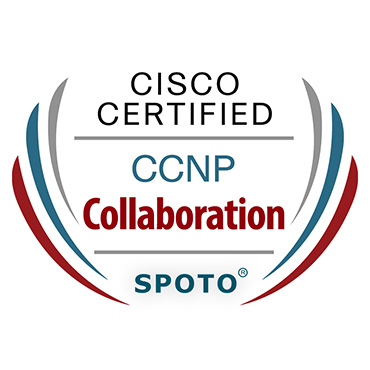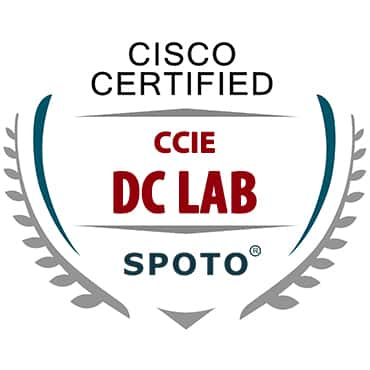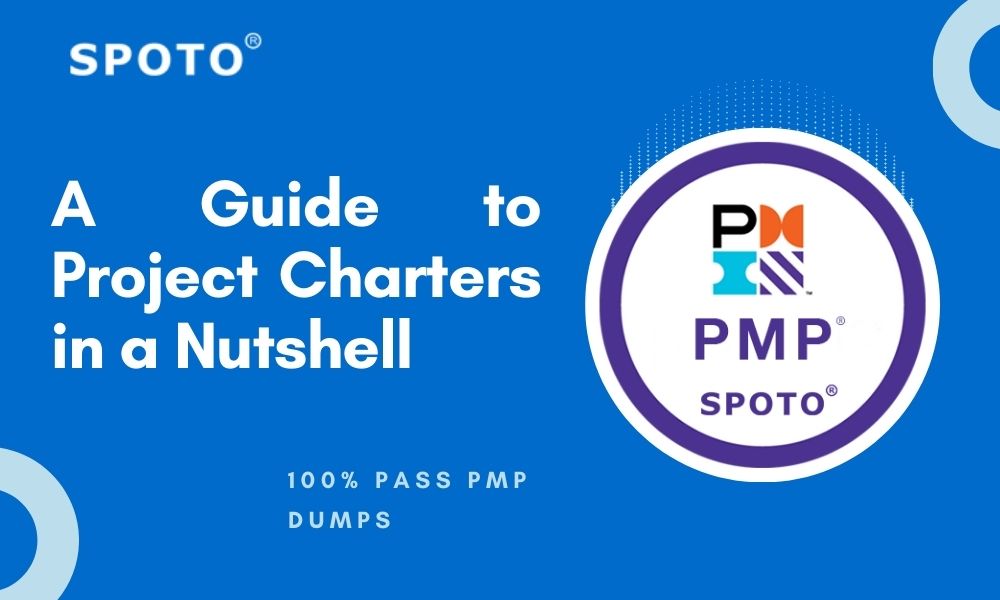The scope, objectives, and persons involved in a project are all stated in the project charter. It starts defining those individuals’ roles and duties and the project’s objectives and goals. The alliance also specifies the key stakeholders and establishes the project manager’s authority.
| Categories | Exam Code | Pass Exam Dumps |
|---|---|---|
| PMI | PMP | |
| RMP | ||
| CAPM | ||
| PgMP | ||
| ACP |
Below is a step-by-step guide to drafting and implementing your project management charter.
Table of Contents
The Essentials of a Project Charter
As a reference document, the project management charter is used. These three essential points should be defined.
1. What is the project’s main goal? What are the project’s goals and objectives? How do you intend to accomplish these objectives and goals?
2. What is the purpose of this project? Assist in the creation of a common understanding of the project. All involved in the project, from the team to the project manager, stakeholders, sponsors, and others, should understand the charter’s value and reason for existence.
3. Can we agree on this project? The project sponsor, significant stakeholders, and project team sign the charter as a contract. Everyone knows what their roles are by identifying the responsibilities of each stakeholder involved in the project.
What Is the Charter’s Purpose?
So, while a project statement does not need to go into great detail, there is more to it than these broad remarks. Because it leads to more complex papers, such as a request for proposal, the project definition should be brief.
Establishing the project manager’s authority is one of the essential components of any project statement. The document’s other goals are as follows:
• What motivates you to take on this project? Make a note of them here so that everyone understands why they’re doing what they’re doing. This is the component of the project that explains why you’re doing it.
• What are the project’s aims and constraints? Your project will fall short if you don’t have a clear goal in mind.
•What are the directions for resolving any of the constraints mentioned above? You should have at least a rough idea of how you’ll handle project limits. You’ll have to play catch-up later if you don’t cover it now.
• Who are the most important players? It’s critical to keep track of the project’s stakeholders because they’ll be the ones to whom you’ll be reporting and, in a sense, managing their expectations. You’ll be able to create a constructive relationship with them sooner if you know who they are.
•What are the in-scope objects and those that are out-of-scope? The scope of your project defines its parameters, such as when it begins and when it ends. So, what are the in-scope things, such as project process components instead of activities or actions that are not part of the project’s step-by-step process?
Identify all potential project hazards, so you don’t be caught off guard.
• What are the project’s possible risks? This should be followed by a risk register and risk management plan in your project plan, detailing how you’ll address those risks and who in your team is in charge of catching and fixing them.
Knowing what benefits the project will offer to sponsors and stakeholders is an excellent method to market it.
• What are the project’s advantages? Determine what those advantages are and list them below.
• How much will the project cost? While you’ll go into more depth when creating the project budget, this is where you’ll receive a general number on what the project budget will be and who will have spending authorization.
What Is a Project Charter Good For?
A project necessitates a large number of documents. You must generate numerous documents before you can begin, ranging from a project plan to a project budget and more. All of these documents go into greater depth on the topics you mentioned in your project statement. So, why do you need another copy of the first one is sufficient?
While it’s true that you’ll look over everything in detail later, this is your first pass, and there’s a reason it’s more generic and comes first. The document can be used for the following three purposes:
- You’ll need it to have your project approved. This document pitches your project to your stakeholders and outlines how much money they will get back. It’s similar to an elevator pitch in that it must sell the project.
- It is used as an essential sales tool. When you deliver this to the stakeholders, they will have a summary to share or present when they are approached about new projects, allowing them to focus their resources where they are needed the most.
- This is a document that you keep with you throughout the project’s life cycle. You’ll be referring to it all the time, whether in meetings or for scope management. The charter serves as a road map without the nitty-gritty details found in other project materials.
Writing a Project Management Charter: Some Pointers
Writing a project charter follows a set of steps that begin with determining the project’s goal. That vision statement can’t be unclear; it has to encapsulate the aim of your project while also describing the project team’s end goal.
Vision
Once you have a clear vision, you may divide it down into more manageable chunks.
- Objective. Make a list of three to five SMART project objectives: specific, measurable, achievable, realistic, and time-bound.
- Scope. Now define the project’s formal boundaries by explaining how the business will change or change as a result of the project’s delivery and what is relevant to the project scope and what is not. This is how you keep a tighter grip on the project.
- Deliverables. Describe each of the deliverables that the project is responsible for delivering. A WBS template can assist you in identifying your deliverables. Once you’ve nailed them all, you’ll have a firm grasp on your charter and be ready to move on.
Organize
There are four subsets you’ll need to determine while constructing a structure for your charter. This is accomplished by making a list of the following:
- End-users/customers. To finish this list, consider the following questions: What is a customer and/or end-user in the context of this project? Who are the project’s target audiences? Is there a specific person or entity in charge of accepting the project’s deliverables?
- Stakeholders. As previously said, identifying the project’s stakeholders is critical. They are the person or entity with a specific key interest in the project, whether inside or outside the project. It might be a cost-controlling financial controller or the CEO, but whoever it is will have a somewhat different focus depending on their position.
- Roles. From the project sponsor to the project board to the project manager, you must give critical roles and duties to individuals involved in the project’s delivery. Write a brief statement after each entry describing their position and duties in the project.
- Structure. You must now define the reporting lines between these distinct project roles. To do so, create a project organization chart. It diagrams the structure of an organization and the relationships and roles of those involved in the project.
Implementation
You have a vision and have organized the various parts of your project. Now you have to develop a plan to implement them. There are four parts to this:
- Plan. If you’re going to implement, then you need an implementation plan. This is a way to develop an atmosphere of confidence for your customers and stakeholders by listing the phases, activities, and timeframes of the project’s life cycle.
- Milestones. Milestones mark major phases in the project and collect smaller tasks into bigger chunks of work. The project should only have a few of them, that’s why they’re milestones, but they are an important way to acknowledge the completion of a key deliverable.
- Dependencies. List all key dependencies and what their importance is to the project. These are tasks or activities linked to one another, as they will impact the project during its life cycle.
- Resource Plan. What resources are involved in the project? Break down this list into labor, equipment, and materials. This is how you’ll know what you need before you need it, and you’ll be able to estimate your budget more accurately. As the project progresses and changes are introduced, you’ll need to adapt your resource plan. SPOTO features workload and resource management tools that let you quickly see everyone’s workload, so you can reassign tasks as necessary. This keeps everyone from being over or underworked.
Budget, Risks, and Issues
We’re almost finished, but no charter is complete without a list of potential risks and concerns that could cause a project to fail. This comprises the project’s assumptions and restrictions.
A risk is a prospective problem that may or may not arise throughout a project. Risk isn’t all bad; there’s also positive risk to consider, and you should be prepared for it.
A project issue is something that has already happened. In general, the risk is future tense, and an issue is present tense, but while drafting a project management charter, you must be prepared for any scenarios.
Finally, using all of the data above, you may estimate how much it will cost to complete the job within the timeframe you’ve been given. Then you submit your charter, and the actual job begins once it has been authorized and signed.
Conclusion
You have grasp basic knowledge about project management charter. The next step for you is to put what you have learn into practice. Believe yourself and choose right institute to enhance your project management career!
If you want to take PMP exam and pass the PMP exam in the first try, please get 100% pass PMP exam dumps or enroll in PMP training to give your IT career a lift!
Latest passing report-100% pass guarantee
Related PMP exam study materials
What is the overview of a PMP and PMP Work?
2021 Free PMP Exam Demo-15 Real PMP Exam Questions
Step-by-step Guide on How to Fill the Online PMP Application Form
How much Time, Study Hours, and Fee Needed for the PMP Certification?
What does it take to get PMP certification?
A Step-by-Step Guide on How to become a PMP (Project Management Professional)
What Is PMP Certification, and What Does It Mean?













Comments